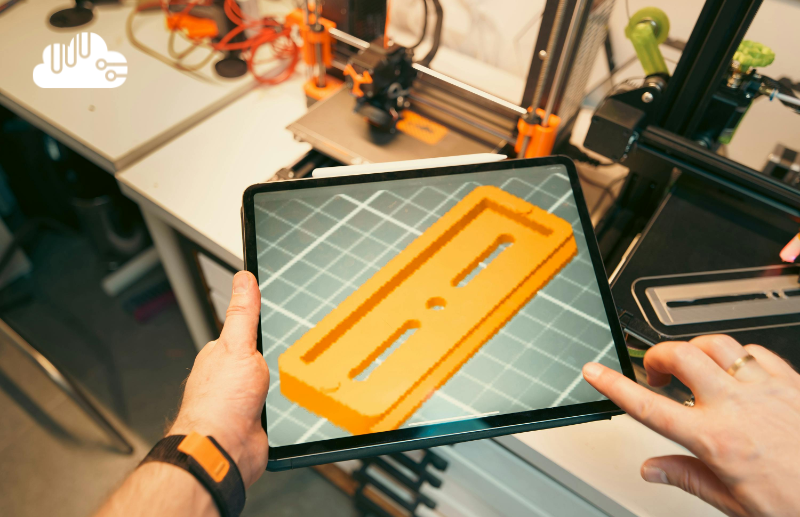From idea to prototype: How IoT products are really created
Many companies underestimate how complex the journey from an idea to a working prototype in the IoT field is.
It often starts with a vision: a device should become “smart”, provide data or be controllable via app. On paper, it sounds simple. In practice, however, the path to this goal is often more complicated than you think.
Why end-to-end is crucial
- Consistent architecture
When different teams work on individual components, friction often arises. A uniform architecture design ensures fewer interface problems, clear responsibilities and more stable systems. - Faster time to market
The time-to-market is significantly shortened if hardware, firmware, backend and app are not developed one after the other, but in parallel – coordinated with each other.
- Scalability from the start
Systems that are modular and consistent can be expanded more easily – for example, for new devices, additional users or new functions.
- Security as part of the architecture
Security concepts such as authentication, encryption and rights management must be integrated at an early stage. Subsequent solutions are usually prone to errors.
Why the idea alone is not enough
There is hardly a meeting in which someone does not say: “We’re going to do this digitally now.” But an idea alone does not bring users and no product to the market. The real problem lies in the idea of to break down like thisthat it becomes tangible in a prototype. And this is exactly where many stumble.
An example: A garage door opener should be controllable via app. Sounds trivial. But immediately questions arise:
- How secure is the connection?
- Do you need a gateway or is WLAN enough?
- Does the user have to be able to operate it without Internet access?
Only when these questions have been answered can a resilient prototype be designed.
A good IoT project doesn’t start with technology, but with use cases.
- Who uses the product?
- In what environment will it be used?
- What specific problem is to be solved?
A prototype that doesn’t answer a real question is a piece of electronics with no use. Once the use cases are clear, it’s time to design the architecture :
- Hardware: sensors, actuators, processors.
- Firmware: control, energy management, updates.
- Connectivity: BLE, LoRaWAN, NB-IoT or 5G?
- Software: App, Dashboard, Cloud.
That sounds like a clear list – but the selection decides whether a prototype is scalable later on or ends in a dead end.
The prototype is not an end product
A common mistake: the first prototype is treated as if it were almost ready for series production. This leads to frustration. A prototype has only one task: Answer questions.
- Does the hardware work as intended?
- Is the firmware stable enough?
- How reliable is the wireless connection?
- Do users accept the operation?
A prototype can wobble, be ugly and stand in the laboratory – the main thing is that it shows whether the idea works on the market. In IoT projects, time is often the deciding factor. If you think about it for months without having anything testable in your hands, you will not only lose the market, but also the courage of the team. A quick prototype keeps motivation high and shows investors or customers that the idea has substance.
Result
It’s a long way from the idea to the prototype – and yet it is precisely this step that is crucial for the success of an IoT product. A prototype is not a finished product, but a tool to identify risks at an early stage, validate technology and obtain user feedback. If you understand this, you will save money, time and nerves in the end.









